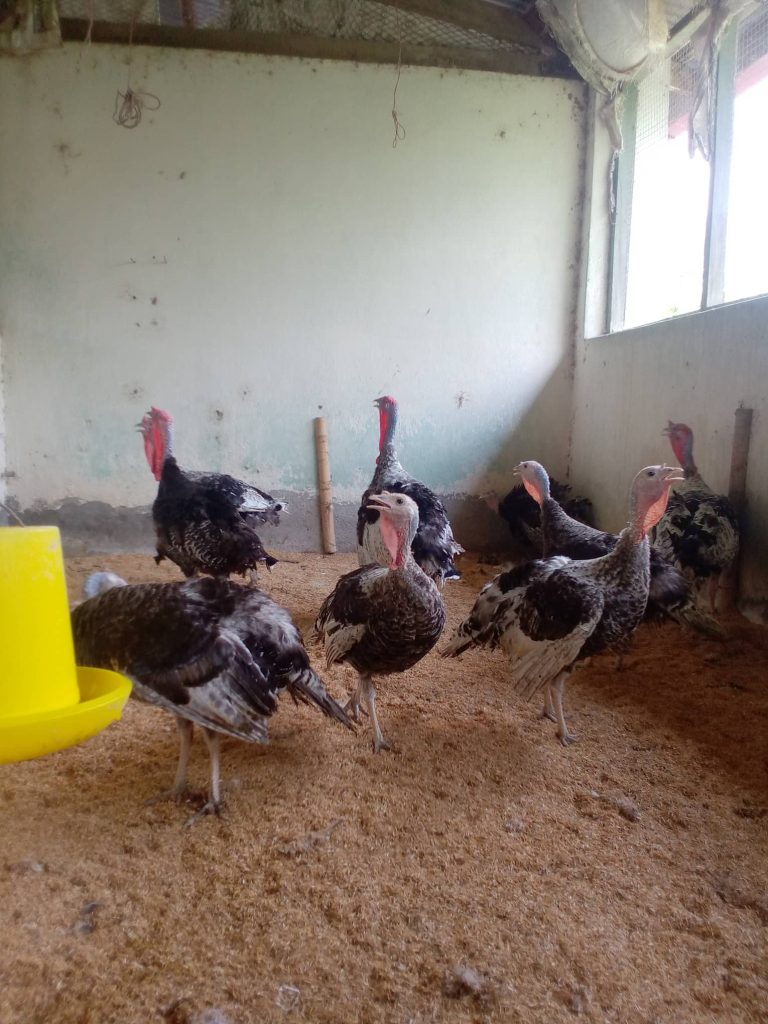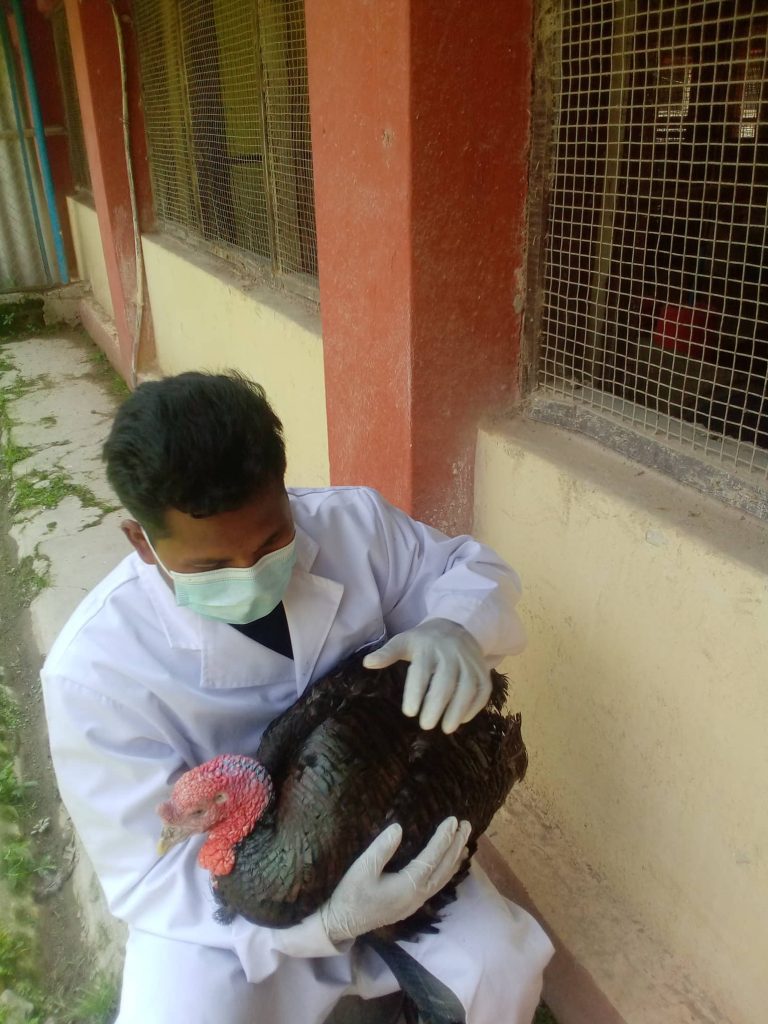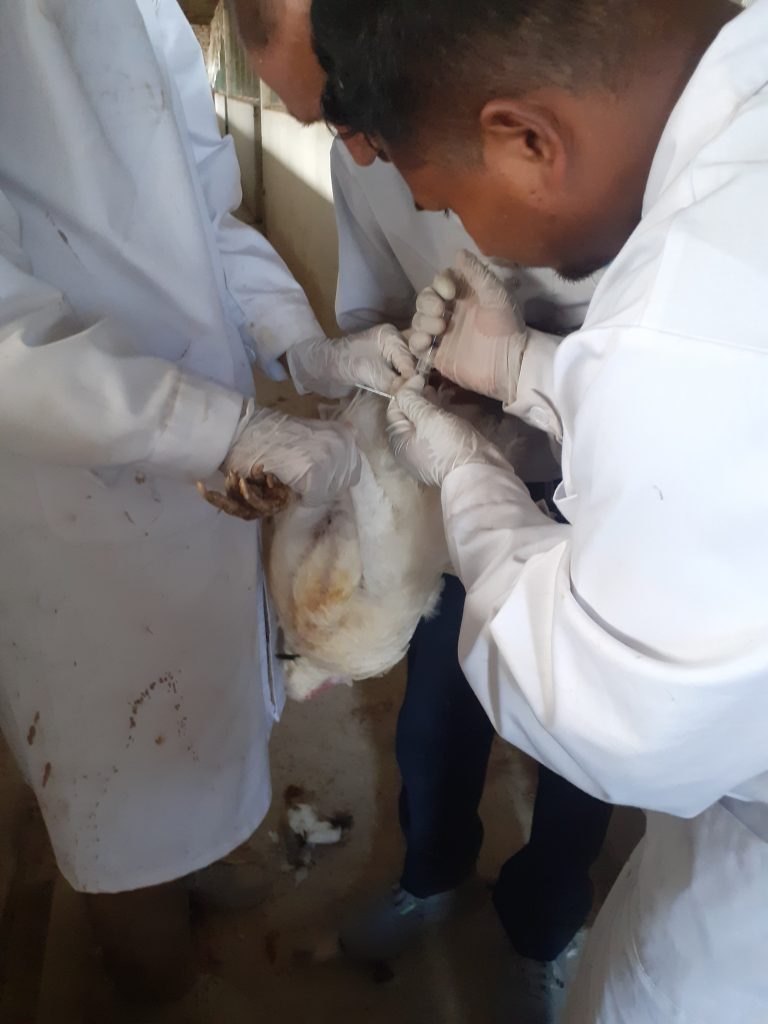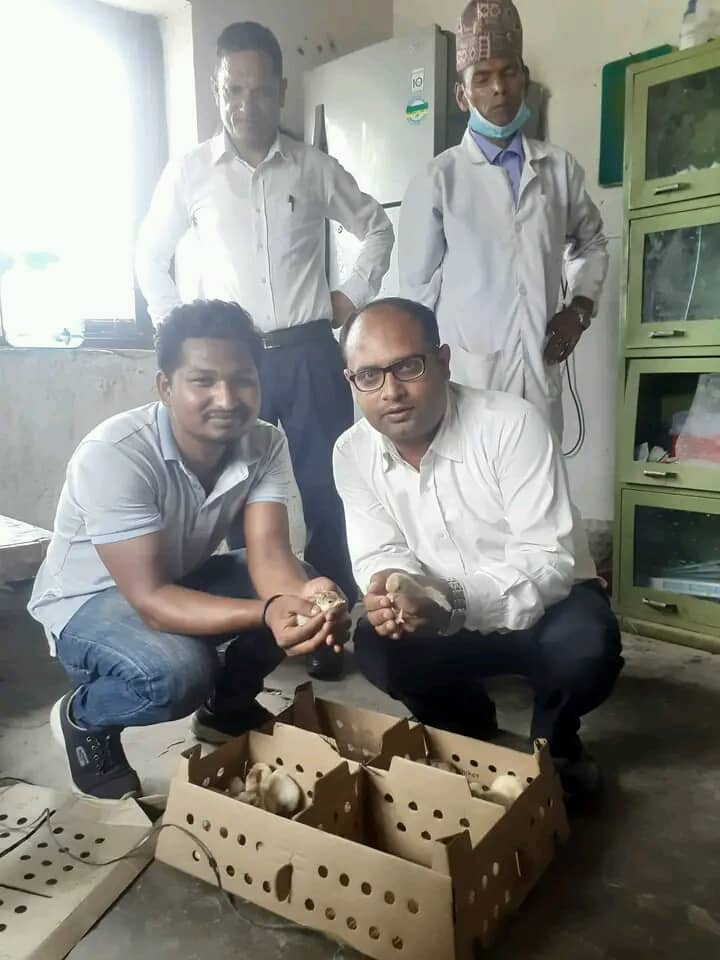Disclaimer: This article “Effect of Artificial Insemination in Turkey Production Performance at Khumaltar, Nepal” is a publicly available summary created for educational and informational purposes only. It is based on the research study cited below, and all credit for the original work belongs to the respective author(s) and publisher(s). The summary is an independent interpretation and does not represent the views of the original authors or their affiliated institutions.
Citation: Rahul Senchuri, Mandeep Pokharel, Narayan Neupane, Niraj Banskota, and Poonam Parajuli. (2025). Effect of Artificial Insemination in Turkey Production Performance at Khumaltar, Nepal. Archives of Veterinary and Animal Sciences, 7(1).
Overview
Artificial insemination (AI) is a widely used reproductive technology aimed at improving productivity and genetic quality in poultry. This study evaluated the effect of different semen volumes on production performance in Broad Breasted Bronze turkeys at Khumaltar, Nepal. The research sought to determine the optimal semen dose to enhance hatchability, growth, and carcass traits, contributing to improved turkey farming practices in Nepal.
Methodology
The study was conducted at the National Agriculture Research Centre, Khumaltar, from May to November 2022. Turkeys were divided into treatment groups inseminated with varying semen volumes (0.25 ml, 0.5 ml, 0.75 ml, and 1.0 ml) and a control group bred naturally. Key performance parameters measured included egg production, fertility, hatchability, poult growth, feed intake, feed conversion ratio, and carcass characteristics.






Key Findings
- Optimal Semen Volume: AI using 0.5 ml semen volume significantly improved egg production and hatchability compared to other semen volumes and natural mating.
- Growth and Feed Efficiency: No significant differences were observed in poult growth, feed intake, or feed conversion ratio across treatment groups.
- Carcass Quality: Carcass characteristics remained unaffected by the semen volume used for AI.
- Male Weight Effect: Male body weight had a significant positive impact on egg production, emphasizing the role of sire selection in AI success.
Implications
The study suggests that a 0.5 ml semen dose optimizes reproductive outcomes without compromising offspring growth or meat quality. This finding supports efficient turkey production practices by improving hatchability and managing male breeding stock effectively, which could lead to cost savings in Nepal’s turkey industry.
Commentary
This research offers valuable insights for poultry producers and animal scientists focused on reproductive technologies in Nepal. Its findings provide a practical framework for optimizing AI protocols to enhance turkey production performance. Future studies could further explore genetic impacts and long-term productivity effects to strengthen sustainable turkey breeding programs.
Want to Dive Deeper in Writing Research Introduction?
Join our full Dissertation Writing Series at Pedigogy.com — designed specifically for Nepali agriculture and veterinary students preparing for research, Master’s entrance exams, or PSC interviews. Interested candidates, can Enroll in the full course on Mastering Technical writing here: https://pedigogy.com/courses/mastering-technical-writing-with-rahul-a-researchers-essential-guide/


